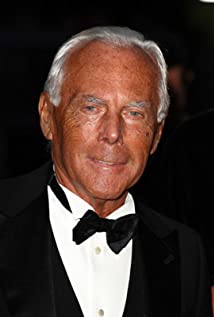Giorgio Armani
#9214 Most Popular
1934
1953
1957
1960
1973
1975
1976
1978
1979
1980
1990
2001
2010



